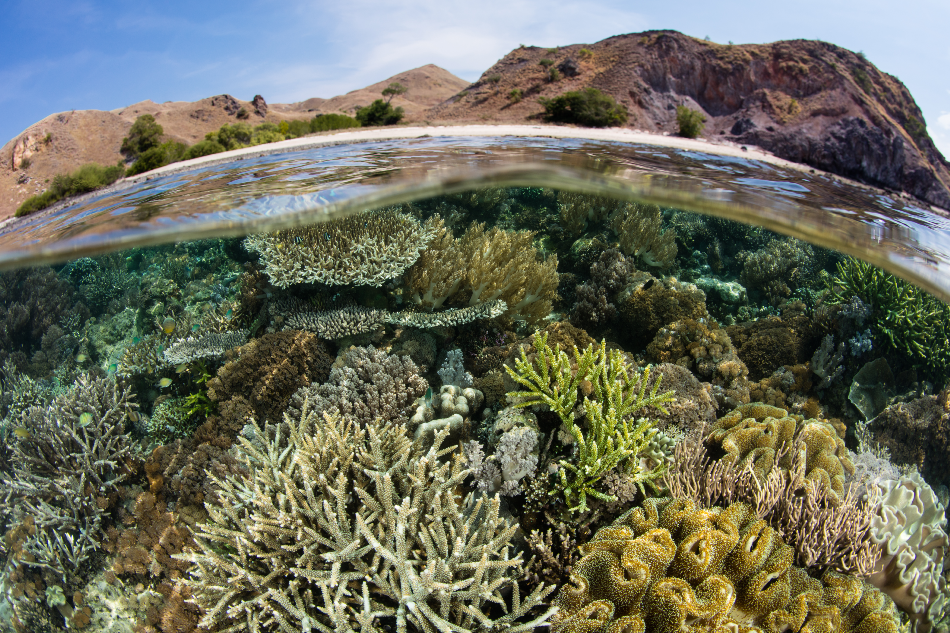
Image Credit: Ethan Daniels / Shutterstock.com
Researchers at the University of Queensland, Australia, have discovered that the growth of the renewable energy sector is threatening key areas of biodiversity. While the increasing use of renewables is a positive thing, scientists warn that it is coming at the expense of our wildlife and ecosystems.
900 Renewable Energy Facilities to Be Built on Key Biodiversity Areas
Already, over 2,200 renewable energy facilities built worldwide occupy locations of environmental significance. Their position in these areas threatens the wildlife and ecosystems that are established there, as they make life difficult for plants and animals to survive.
Aware of this problem, researchers at the University of Queensland set out to discover the full extent of the threat of renewable energy facilities to the world’s biodiversity. They mapped all solar, wind and hydropower farms that are located in protected areas, wilderness, and key areas of biodiversity. They found that in addition to the 2,200 facilities that already exist in these ecologically important areas, there are another 900 being built, significantly escalating the threat to biodiversity. Their findings were published this week in the journal Global Change Biology.
While increasing the use of renewable energy is a key strategy for reducing carbon emissions and tackling climate change, these facilities draw in human activity, such as roads, which harm the environment. As a result, these renewable energy developments hinder biodiversity conservation efforts, contradicting the benefits they provide to the environment.
Careful Consideration is Needed When Planning Renewable Energy Sites
In Western Europe, most renewable energy facilities have been built in areas of biodiversity. However, while these have already been established, scientists believe it is still important to prevent more areas of environmental significant from being used in this way.
Carbon emissions pose a huge threat to the future of the planet's diverse range of wildlife species. However, the growth of renewables which is acting as a major strategy to combat these emissions is also threatening wildlife, making it counterintuitive.
The research conducted by the Australian team does not take the position of being anti-renewables. Instead, it highlights the fact that developers need to consider the environmental impact of building renewable facilities at the location they are planning to build on.
Both biodiversity and carbon emissions should be considered, with the first being protected and the latter being reduced. Both strategies are needed in combination in order to protect the planet. If renewable projects fail to consider biodiversity, then they cannot be considered truly sustainable.
These findings come shortly after another study was published in the Journal of Wildlife Management which outlines how populations of the greater sage-grouse are in decline due to the impact of renewable energy projects on their habitat. A team of scientists at the University of Wyoming found that the iconic bird’s reproduction had been disturbed as a result of renewable facilities being built on their nesting areas.
These negative effects have been known to scientists for many years, with studies almost two decades old highlighting the detrimental impact renewable projects can have on wildlife. One such study which was published in 2011 warned of how solar energy projects in the southwestern United States may be leading to wildlife mortalities, destruction of habitat, and negative impacts relating to road construction, material acquisition, and fugitive dust.
The current study strengthens the conclusions of previous investigations that highlight the potential harm that renewable energy facilities can cause to biodiversity. The take-home message is that projects that are in the pipeline should seriously consider the potential environmental impact of building on areas of key biodiversity. If facilities must be built on these locations, then efforts should be made to protect the wildlife that lives there.
Disclaimer: The views expressed here are those of the author expressed in their private capacity and do not necessarily represent the views of AZoM.com Limited T/A AZoNetwork the owner and operator of this website. This disclaimer forms part of the Terms and conditions of use of this website.